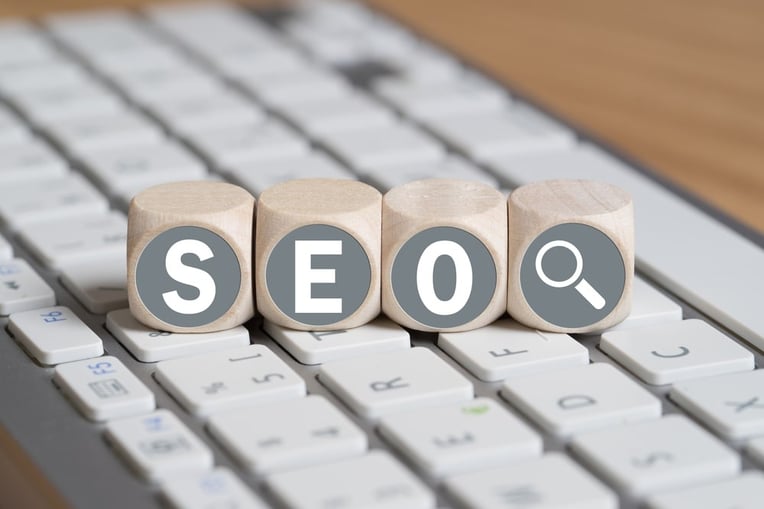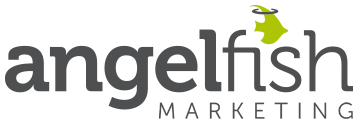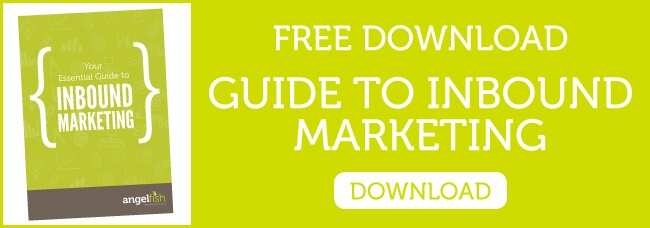The best SEO solutions strategy is the art and science of making your web pages as attractive as possible to search engines and readers.
There are three main branches of SEO: Technical, on-page and off-page. Off-page SEO deals with content that goes beyond your website including link building and social media. Whereas technical SEO deals with how well search engine spiders crawl and index your site. In this blog post, you’ll learn ways to improve your on-page SEO strategy – in other words, how your website content is working to attract search engines and readers.How does your content become SEO-friendly?
By being useful, relevant, helpful, comprehensive and readable. In other words by being user-friendly! Google is measuring the impact your pages have on your readers, not the page itself. The search engine’s crawlers measure how quickly someone clicks to your page, how many people visit, how long they spend, how far they scroll and where they go next. Basically, Google is assessing how interesting, informative and helpful your content is based on how users interact with it.
These days, artificial intelligence allows Google and other search engines’ algorithms to respond to data-driven behaviour and respond accordingly. Google’s Panda update in 2011, for example, could predict what you’d call a low-quality site. It’s not only about title tags, H1s and keywords as it is about how great people think your content is though we’ll come to these points in a bit.

So, what can you do to optimize your content? Here are some useful techniques to put into practice to create the best SEO solutions strategy:
Solve a real problem
Your users decide on whether your content marketing is helpful or not, so know your users, discover their problems and help solve them.
Segment your audience
You shouldn’t group all your customers together – they all have individual needs. Instead, group them into segments to allow for their different needs when engaging with your business. This will help you create content for different audiences, in different places, so that more people can find what they need more quickly and more easily.
Keep content error-free
Hire a copywriter. Get help to write and get help proof-reading. You don’t want any nasty typos damaging your credibility. Bonus tip: You could also use Grammarly to automate proofreading. Did you know that a typo could cost you 12% extra on your Google Ads spend? So, getting your spelling and grammar right is vital when it comes to building authority.
Be readable
You don’t have to be a novelist. It’s easy to help people to read by breaking up copy into digestible, easily readable content.
- Use subheads
- Write short paragraphs (no more than seven sentences)
- Write short sentences (15 to 20 words)
- Use short words
- Use images
- Write captions
- Use lists
Make sure your content is shareable and link-worthy
One of the best SEO solutions is to create a great user experience. Not only will people spend more time on your content and visit more pages, they’ll also interact with you socially, share your content with others and link to it.
Your content becomes search engine optimized when other people think it’s important. So by encouraging more social sharing, this gives you insight into how valuable your blog content is for your readers. If you notice a particular article receives more shares and comments, analyse the article and try to understand why – you have found a useful topic for your readers to capitalise on this and repeat the strategy.
Keywords
If you create content that solves your users’ problems, then your content will contain keywords without you having to try very hard. Think about words you want a page to be found for, and then use them naturally. How to discover your keywords? What are you selling? What is the nature of your business? Create a list of keywords that describe your product or service.
What problems are your customers having? What solutions are they looking for? Create a list of keywords that describe both. Always remember to use long-tail keywords, instead of broad keywords. Long-tail keywords are the ones that are specific to your business. They’ll be easier to rank for and traffic will be a better quality meaning visitors will be more likely to become leads.

Each page of your website should target a specific keyword. Your home page should be targeting the most important. While supporting pages target supporting keywords.
Titles, H1 headers and alt tags
Use a variation of the keyword in the page title. Use another variation in the H1 header. Use another in any image alt tags. It really is as simple as that. The best SEO solutions ensure that the on-page SEO strategy is more about making your content amazing for your readers, than over-obsessing about titles, keywords and H1s.
Get your meta descriptions right
The meta description is a bit of code in your web page header that displays in the search engine results page, telling people what your page is about. They don’t boost SEO as much as you might think, but they do talk to users, so one of the best SEO solutions is to make sure they describe your page well.
Meta descriptions need more than keywords, they should be well written and useful for the reader. This is your best chance to grab your audience’s attention, solve their problem or match their need or intent.
Create a great first impression
State your page’s objective in a few quick keywords or lines in a compelling summary headline. Reassure your reader they’ve come to the right place. Inspire them to read on and progress through the buyer’s journey.
Be relevant
Are there subjects people in your field are talking about? Join the conversation. Use your blog and social media strategy to write about current events and you will quickly become known as a thought leader in your field.
What length should your content be?
You’ll find all kinds of tips on how long your content should be. Some say stick to around 300 words – no one has any time for any more than that. Others say write longer content – around 800 words. But this is looking at things the wrong way. Your content should be long enough to meet the need or solve the problem. No more, no less.
If you need more information on finding the best SEO solutions and inbound marketing download our free guide below:










